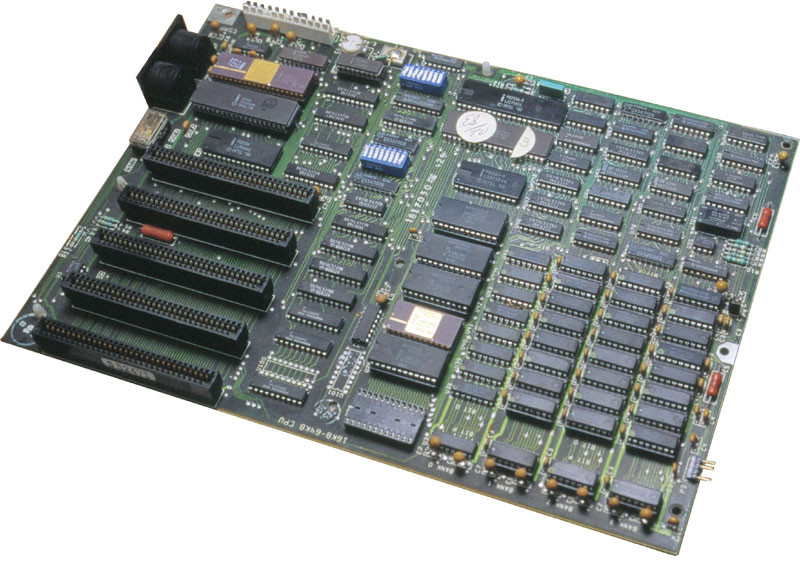Robin4 what are you actually planning to do with an 8088?
The picture you linked looks like an original IBM PC motherboard.
Note that the IBM PC has a different form factor to AT clone machines. Not only does it have the two DIN ports on the back but the ISA slots are actually further apart - so if you try to stick a 5150 PC motherboard into an AT case none of the expansion slots will line up with the brackets in the case.
Also, the PC used a different keyboard to AT. The connector looks the same but the signals are different, so not just any AT keyboard will work.
If you have your heart set on an 8088 either track down an AT form factor board, or try to find a complete IBM 5150 PC or 5160 XT machine, or equivalent clone. Just buying a motherboard like the one you linked won't do you much good.
The original PC and many clones also don't support IDE hard disks, if you intend to install a hard drive in the machine you will want to look at the XT-IDE project
If you are squeamish, don't prod the beach rubble.

